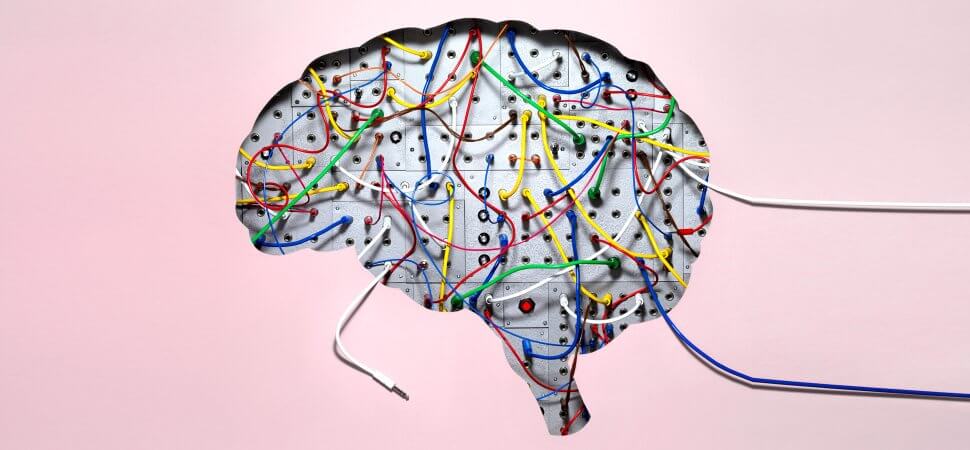Addiction is often misunderstood as a lack of willpower or a moral failing. However, scientific research has shown that addiction is a chronic brain disorder that fundamentally alters the brain’s structure and function. Understanding the neuroscience behind addiction can help dispel stigma and promote more effective treatment approaches.
The Brain’s Reward System
At the core of addiction is the brain’s reward system, primarily regulated by the neurotransmitter dopamine. This system is designed to reinforce behaviors essential for survival, such as eating and social bonding, by releasing dopamine and creating a pleasurable sensation. However, drugs and alcohol hijack this system by flooding the brain with excessive dopamine, producing a euphoric high far greater than any natural reward.
Over time, the brain adapts to this excessive dopamine release by reducing the number of dopamine receptors. This leads to tolerance, where the individual needs more of the substance to achieve the same effect. As the brain continues to change, dependence develops, meaning the person experiences withdrawal symptoms when they stop using the substance.
The Impact on Brain Structure and Function
Chronic substance use alters multiple areas of the brain, each contributing to addiction in different ways:
- The Prefrontal Cortex – This region controls decision-making, impulse regulation, and rational thinking. Long-term drug use weakens the prefrontal cortex, making it harder for individuals to resist cravings and make sound decisions. This impairment is one reason why addiction is often characterized by compulsive drug-seeking behavior despite negative consequences.
- The Amygdala – This part of the brain processes emotions, including stress and fear. Drug use can heighten the amygdala’s response to stress, making individuals more likely to use substances to relieve emotional distress. This creates a cycle where people turn to drugs not just for pleasure but to avoid pain.
- The Hippocampus – Responsible for memory and learning, the hippocampus plays a role in associating certain environments, people, or emotions with substance use. This process strengthens cravings and makes relapse more likely, as everyday cues can trigger the urge to use drugs again.
Why Quitting is So Difficult
Addiction is not simply about physical dependence. Even after detox, the brain remains altered, making relapse a persistent challenge. Neuroplasticity, the brain’s ability to reorganize itself, means that repeated drug use strengthens neural pathways associated with substance-seeking behavior. This is why addiction is often described as a chronic disease—the brain remains wired for substance use even after abstinence, requiring long-term treatment and support to rewire these patterns.
Hope for Recovery
Despite the profound brain changes caused by addiction, recovery is possible. Cognitive-behavioral therapy (CBT), medication-assisted treatment (MAT), and mindfulness-based approaches have been shown to help rewire the brain and restore self-control. Over time, with sustained abstinence and therapy, the brain can heal, and new neural pathways can be formed, reducing cravings and promoting healthier behaviors.
Understanding addiction from a neuroscientific perspective helps shift the conversation from blame to treatment, fostering compassion and more effective recovery solutions. Addiction is a disease, not a moral failure, and science continues to reveal new ways to support those struggling with substance use disorders.
